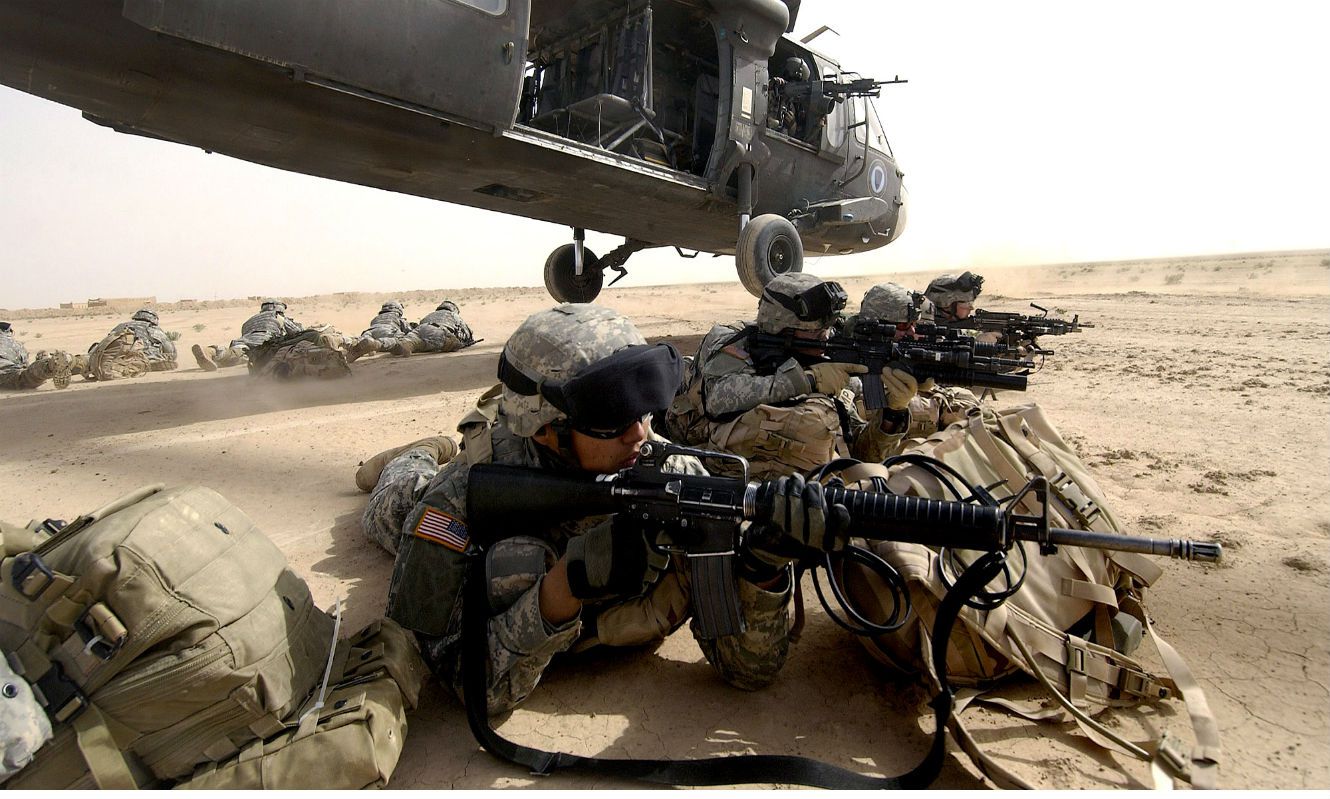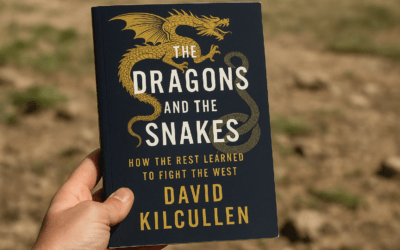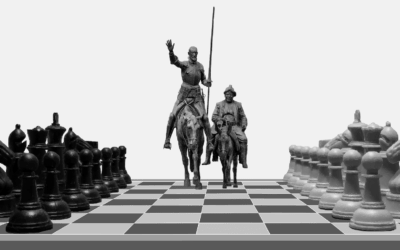EPISODE 3
ShootING: BEGINNER TO GOOD/GREAT

Mike and Jim talk about ways they learned and apply the fundamentals to shooting practice, specifically trying to bridge the gap from “beginner,” to “decent,” to “good.” We talk about ways to balance speed and accuracy, and some things to think about when you are trying to diagnose a problem or isolate certain variables to improve your ability to shoot. We talk about adding stress/pressure to our drills, how important it is to have a good coach or at least use slow motion video to carefully watch for mistakes, the benefits of dry fire, etc. Some firearms fundamentals flip on like a switch of a lightbulb, but sometimes you have to make incremental improvements until those individual elements compound on to each other and you really start to notice a difference. Finally, we want you to realize that anyone can become a “good” shooter, so you have to get it out of your head that some people have an innate gift or talent and you don’t.
We talk about a few books in the episode, here are the links:
Like what we’re doing? Head over to Patreon and give us a buck for each new episode. You can also make a one-time contribution at GoFundMe.
Intro music credit Bensound.com
CLICK BELOW TO SUBSCRIBE NOW ON YOUR FAVORITE PLAYER
THANK YOU TO OUR SPONSORS! PLEASE GO CHECK THEM OUT
Recent Episodes
Teaching the Enemy: Lessons from The Dragons and the Snakes
From guerrilla warfare and liminal conflict to use-of-force doctrine and law enforcement tactics, this episode connects military theory to street-level realities. Are we in a new kind of war without even knowing it? And what are we teaching our opponents every time we act?
It’s Chess AND Checkers–Tactics and Strategy Unite!
Why do we focus so much on tactics and so little on strategy? In this episode, Mike and Jim tackle the divide between street-level action and big-picture thinking. Drawing on lessons from policing, the military, and community crime prevention, they explore how individual cops, community members, and leaders can influence criminal decision-making—not just react to it.
Topics include resource constraints, the Broken Windows theory, and strategies for shifting offender perceptions to prevent crime before it occurs.













0 Comments